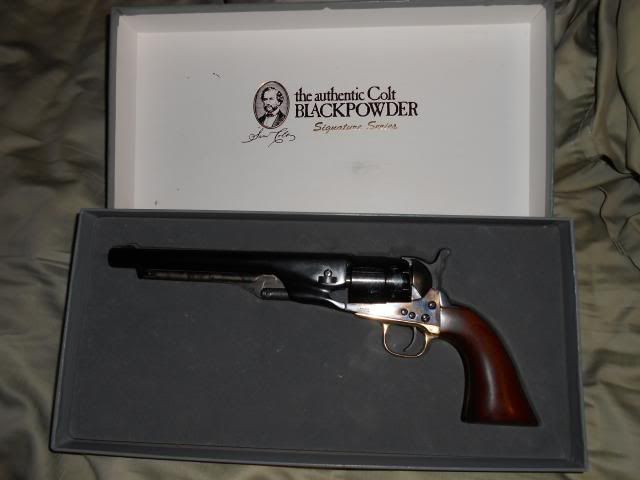It's historical because it was the first repeating rifle issued by a Government (Switzerland on January 8, 1869).
May have been the first repeating firearm, but it wasn't the first repeating rifle. About 75 years late on that.
Even that is arguable as about 15,000 Henry rifles were issued during the civil war and about 50000 Spencers. The Henry rifle was never close to a standard issue arm such as the Vetterli.
As Jo6pack noted, all those light fast bullets of the last fifty years or so were designed to penetrate armor. They don't perform any better against unarmored targets. It turns out only a few countries can afford body armor and they don't usually fight each other directly. Even those countries deal with a lot of expiration issues. I read awhile back about half the kevlar and similar soft armor vests in the US LE are past their 5 year expiration and have significantly degraded protection.
The last really "new" cartridge that has established itself was the 40 S&W.
Even there I think 40 SW will fade in the future. 40 SW is only really suitable for "shooters," of which there are a lot on this forum. If you are shooting less than 150 rounds a year, as most LEO in the US, it is a terribly difficult round to control, especially if you don't have the brute strength to He-man it. Get rid of LEO support and the round fails. With the advances in 9mm bullet design I think things will tend towards 9mm. Already a lot of neutered 40 being used and as guns are replaced I think 40 will slowly fade.
I wrote something about the advent of energy weapons, but Sabre wolf covered all my points more eloquently.
The 327 mags failure has somewhat surprised me, but I think it failed b/c Ruger never gave it a chance. How is there STILL not a 327 LCR? A hammered LCR before the 327?
GAP was a great idea, but I don't think you will ever see another successful cartridge with a firearm company in its name. Even GLOCK can't force a caliber without other manufacturers using it also. Maybe with heavy .gov support, but that isn't going to happen with a pistol round any time soon. Trademarks and patent protection has tightened a lot to reduce the parrallel compatible cartridges solution.
Make it legal to put a folding stock or wrist brace on a handgun without NFA hassle and you will see more powerful cartridges take off. Most casual shooters cant handle more than a 9mm+P+. I'm not talking about slow fire from a static position at the range. I'm talking shooting 1+ round per second while moving or shooting from irregular positions. I can go months without shooting a handgun and pick-up a 9mm and rapid fire a mag pretty well one handed laying on my back shooting to my right under a car. I can't do that with a 40 SW. Add a brace a la wrist rocket and I might give it a try.

